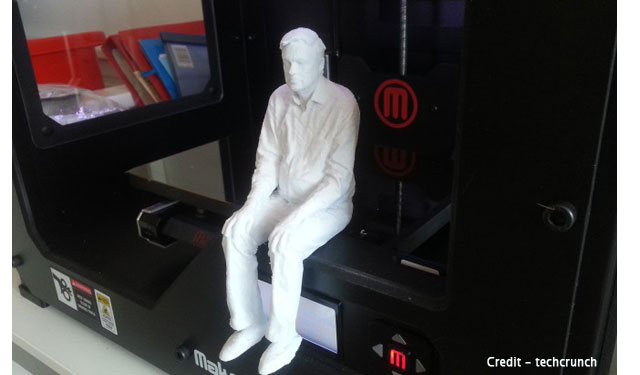
It was in 1909 when Henry Ford, master of efficiency and standardization, famously said that a “customer can have a car painted any color…so long as it is black.” While the First Industrial Revolution introduced machines to replace hand labor, Ford helped usher in what was ultimately the principle of mass production; using those machines to produce large quantities of standardized products — an era that came to be known as the Second Industrial Revolution.
Today, more than one hundred years since Ford made his industry-defining statement, 3D printing is making its way forward in the mainstream and is allowing anyone to create customized products on demand at affordable prices. No longer do products need to be the same; we can now tailor products to meet our individual needs at little or no extra cost.
Are today’s digital manufacturing capabilities making standardization obsolete? Could we possibly be on the verge of replacing mass production altogether? Are we sitting on the edge of the Third Industrial Revolution?
How We Currently Make Things
To better understand how 3D printing could disrupt mass production as we know it, it’s helpful to look at the fundamental differences between conventional production technologies.
